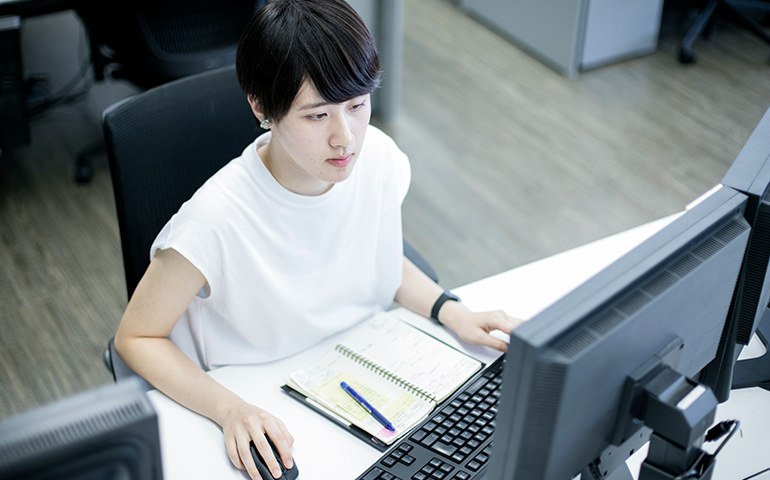Working to perfect product ease-of-use and
to perfect each other
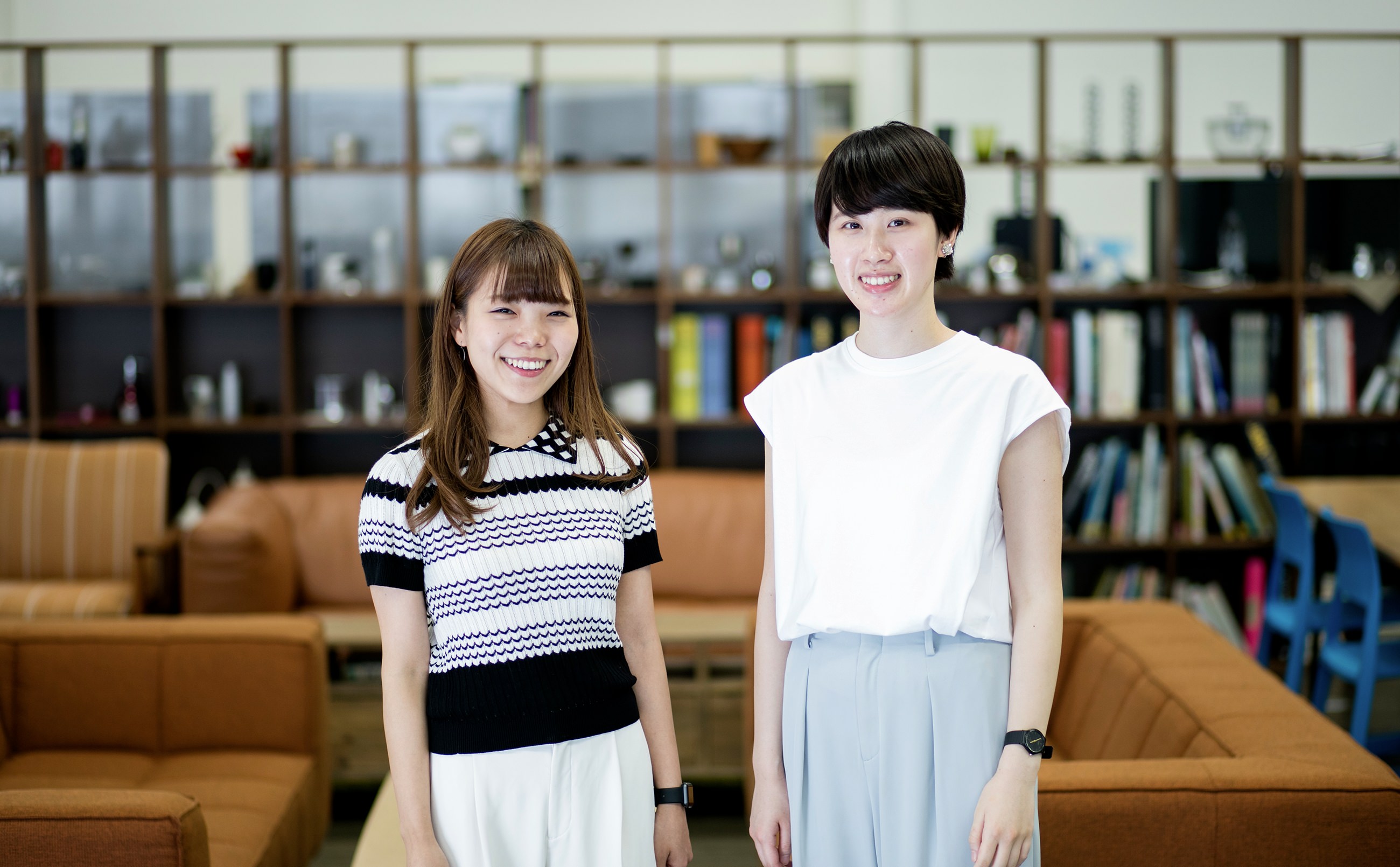
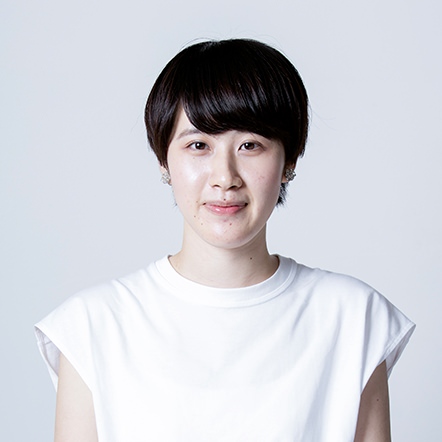
- Sayumi Tahara
Entered the company in April 2016. Has worked on Beauty personal care products (mainly hair dryers and other hair care) and irons. From Ishikawa Prefecture.
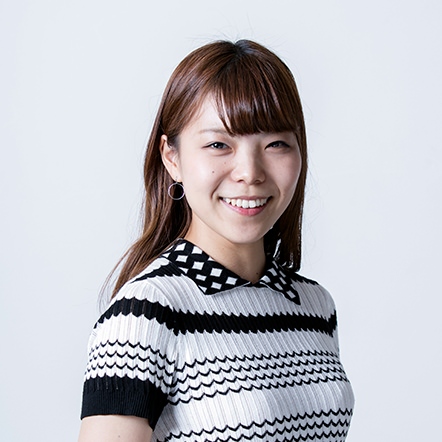
- Haruka Matsunaga
Entered the company in April 2016. In charge of health products (such as massagers) and oral care products (electric toothbrushes). From Kanagawa Prefecture.
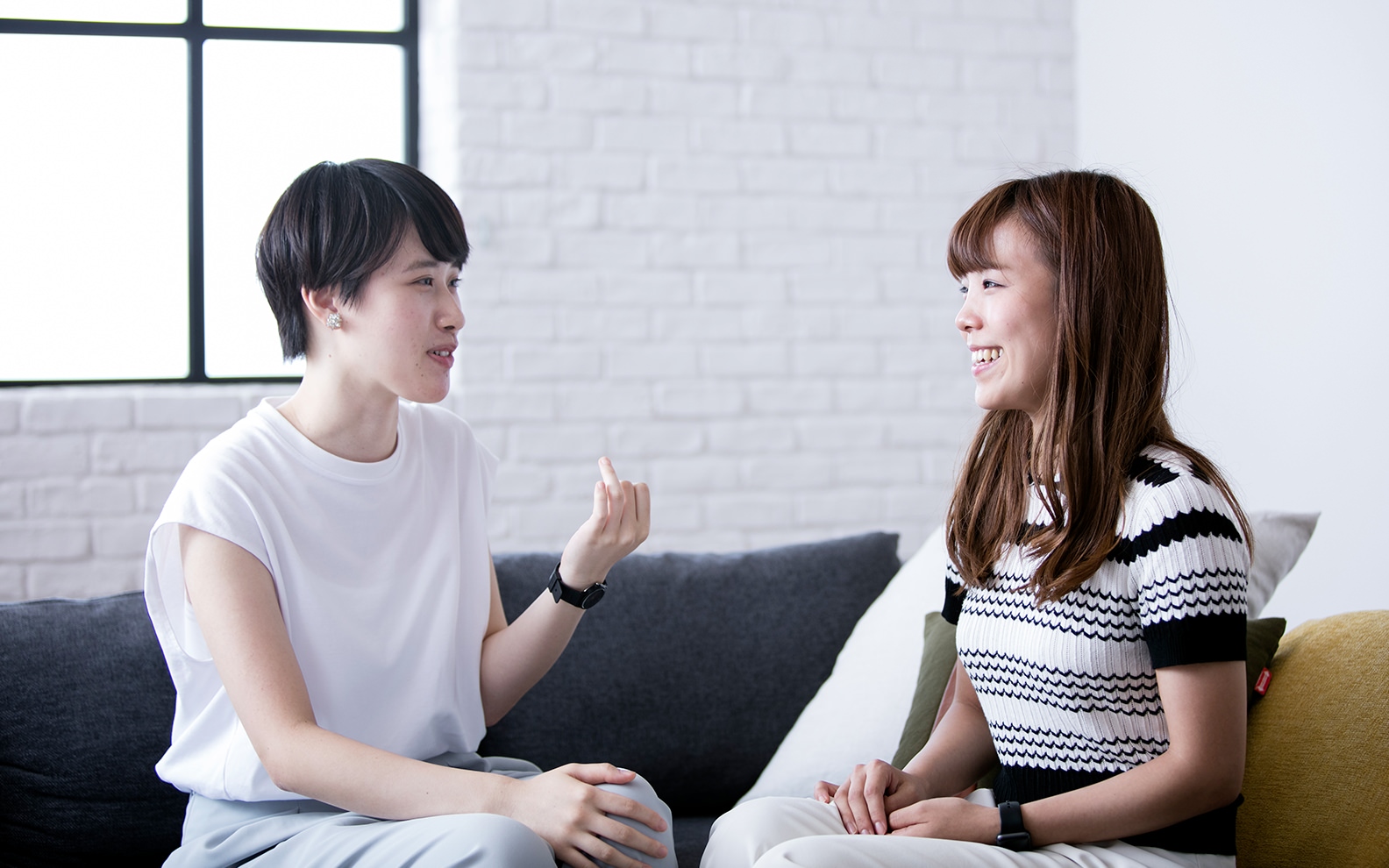
First projects, memorable projects
Tahara: The first opportunity I was offered was that of learning about products by measuring each components of the models then on sale and based on that creating design drawings. Through this process I discovered why dryers are shaped as they are, and the reason for each angle. Then when I worked on my first product as a designer, what impressed me most was how many people with various skills work on each product. No product designer makes a product alone. Once the drawings are done, the person in charge of functionality gets involved, and then the person in charge of manufacturing, and so on. Even after the work leaves my hands, a lot of other team members are involved.
Matsunaga: When I started work, I was invited to learn by contributing my opinions about the products and creating design drawings. Recently, I was sent to China to gather cloth samples for use on a massagers, and I got to explore a fascinating market there devoted completely to cloth. A product developer accompanied me, but I was entrusted as the sole product design representative on the mission. Right from my first year on the job I was engaged in various important projects and immediately began to gain valuable experience.
Why a career in design?
Tahara: Ever since I was in kindergarten I’ve loved to draw. I took extra courses in drawing and then entered a high school with a focus on art. That’s when I learned there was a job called product designer. I guess I’ve been in design since I was a child. More than anything else, I love to draw things and make models. So now in my work I get to do what I like best every day.
Matsunaga: Since I was little I’ve loved drawing and crafts. When my sister was cramming to get into a fine art program at university, I realized that art could count as study and I thought that was cool (laughs). How great it would be to do what you like as a job. So, then I entered a fine arts university. While there, I even found time to work on a newsletter for other young people thinking of applying to fine art universities.
What you learn at school vs. your job
Tahara: The key point I realized is that no important work is done by just one person. Even when I know exactly what I want to make, I don’t get to turn it into a product by myself. For example, I might ask the person in charge of functionality to make a certain part a bit smaller, but they might have other priorities (laughs). And that’s what makes it fun. The more we exchange ideas, the closer we get to the final product.
Matsunaga: I sense the gap between the things I dreamed of making when I was a student and the reality of current technology will allow in the workplace. But I’m still dreaming. I’m not giving up on making things that people really want.
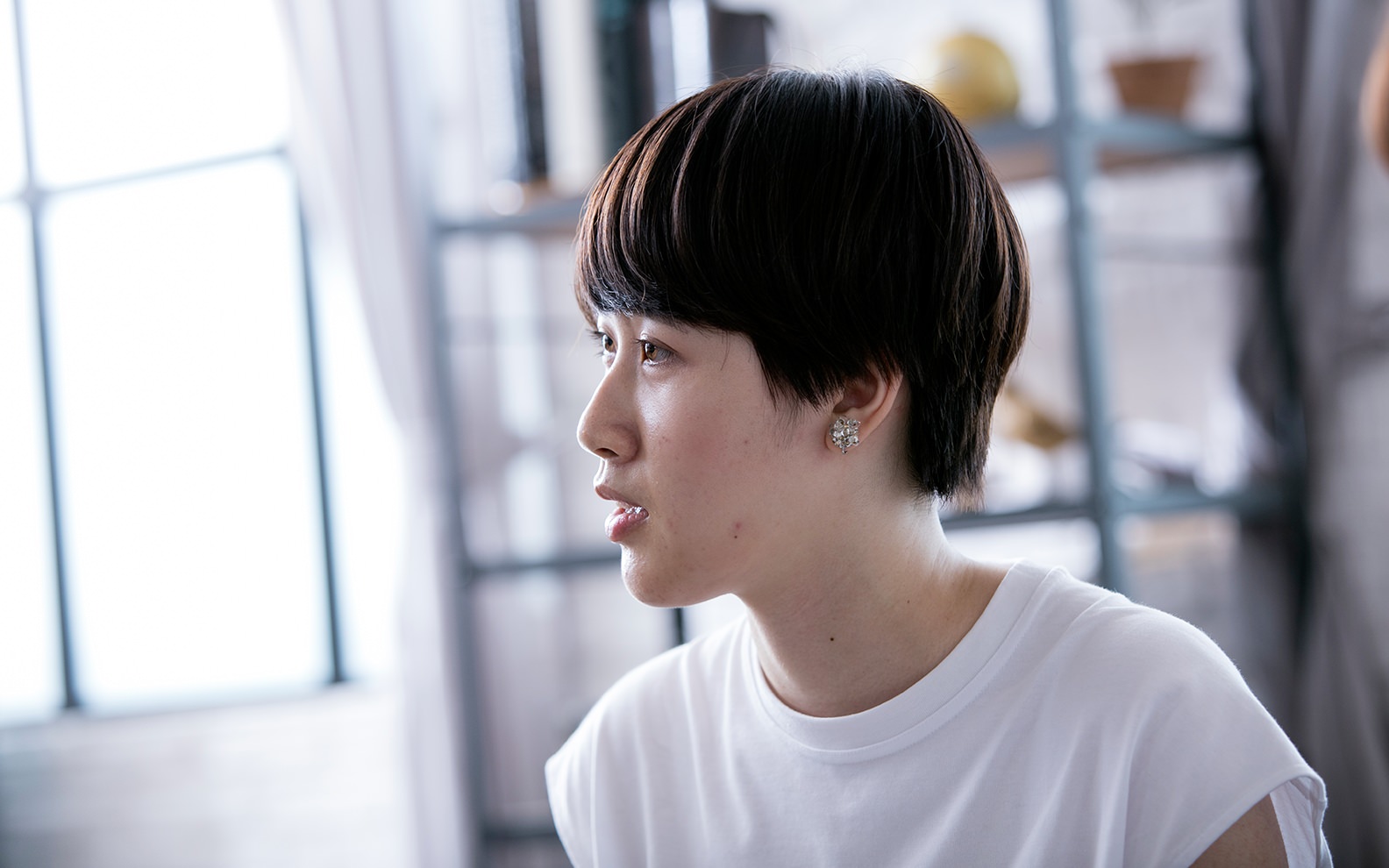 Reasons for choosing Panasonic
Reasons for choosing Panasonic
Tahara: Several friends from high school and university joined Panasonic, and I was hoping to work with them. And since it’s a renowned company, I was confident that there would be plenty of great people working here. I believe people can always improve themselves by working with talented people, and I really wanted to work in an environment where I’m encouraged to be the best I can be. And sure enough, I get a lot out of working with the people here. Even new employees get plenty of chances to prove themselves, and I feel that my opinions are valued.
Matsunaga: I was very interested in making hair dryers and other products people use to look their best. And there are plenty of companies that make personal care products, but I was attracted by the fact that Panasonic makes a full range of lifestyle products. I hope to get involved not only with personal care products but also in creating all kinds of products that enhance people’s lifestyles.
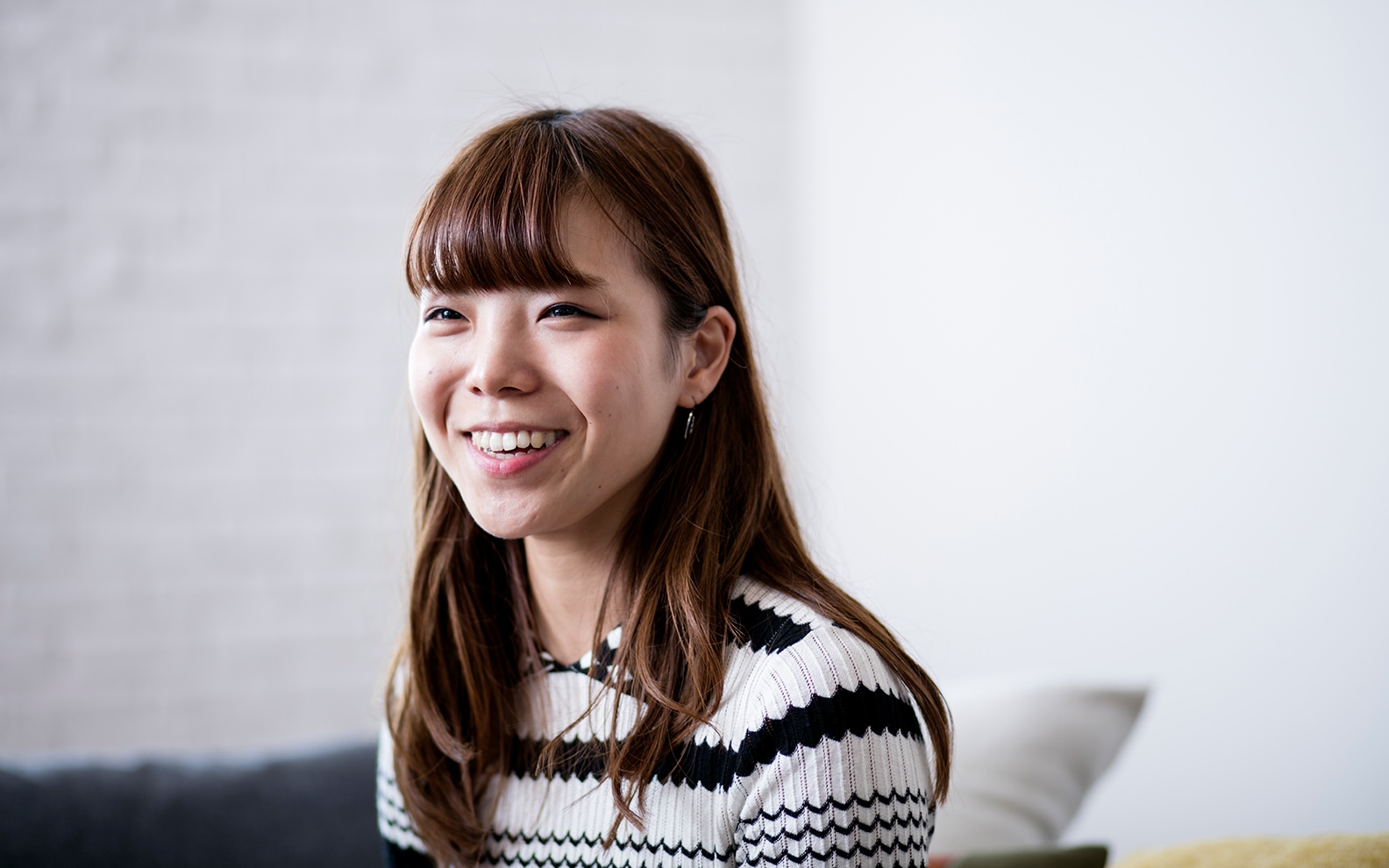 The challenges and fulfillment and commitment of a designer
The challenges and fulfillment and commitment of a designer
Tahara: At first, I was amazed at how much work went into even changing a single switch. Even for the simplest change proposal, we would arrange for a test group to advise and persuade the team to reflect their input on product ease-of-use. Because of course changing the design means making a new mold for manufacturing. Since many people and processes must be considered, a designer’s whim is not enough to trigger a change. And we want the product to look great, but if it’s not easy to use, it’s no use at all. We want to make products people really find convenient, and want to keep using even if they eventually require repair. I want to make products customers truly cherish, and that’s the joy of the job.
Matsunaga: The challenges I face and the fulfillment I realize in my job are two sides of the same coin. Is it technically possible to make what the designer envisages? Is that exactly what the customer wants? Even if the designer is confident and the technology expert is confident, until we release the products we don’t know if customers will actually want to use it. I’m constantly asking myself if what I’m designing is what people really need. Working as a team to release a product people that really want is tough, but it can also be very rewarding. The question for the designer is always whether he or she would be ready personally to pay for the product. One day, I want to make a megahit product!
 Advice for aspiring young designers
Advice for aspiring young designers
Tahara: Find the talent that makes you different from others, then build on it and perfect it. Even if it’s not directly related to design, you can be sure it will help you in your work in some way.
Matsunaga: Enjoy really working at your studies. Remember it’s your first chance to experience the pleasure of making things. Then find the thing you like to make the most. That will help you learn to express yourself and build your skills. And don’t forget to have some fun!

